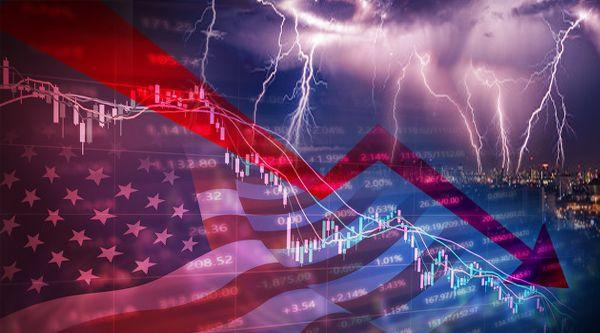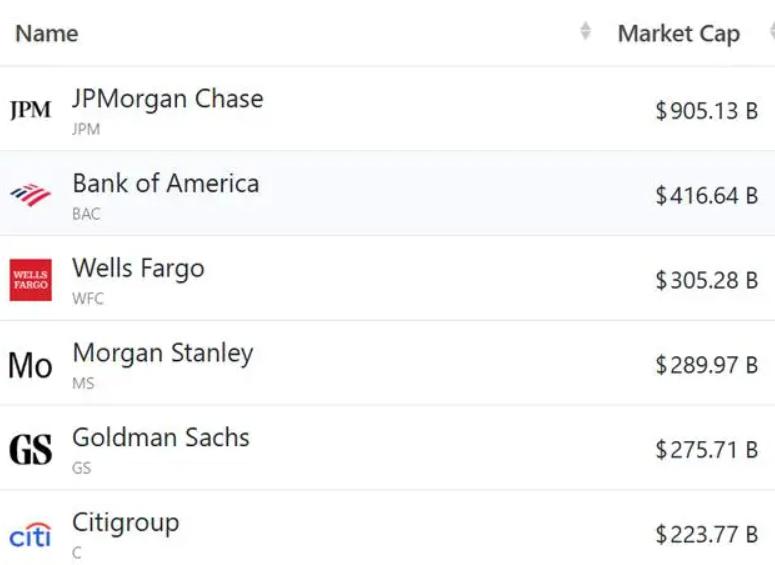
The US stock market has gradually formed a "prosperity inertia" in last year's rally, deep-seated structural challenges are increasingly severe, and the divergence between the surface prosperity of the market and the underlying economic logic is increasingly significant. From the valuation bubble, the concentration imbalance of technology stocks, to the debt pressure and the commercialization difficulties of AI technology, the market vulnerability has gradually emerged. The key risks are "technological optimism covering up efficiency bottlenecks", "backbite effect after overdraft of policy tools" and "hidden costs of global industrial chain restructuring".
The Federal Reserve maintained an interest rate of more than 5% to the end of 2024, and released a strong signal to postpone interest rate cuts, according to Moody's data, since the beginning of this year, the scale of corporate debt maturity reached 1.2 trillion US dollars, BBB bonds accounted for more than 50%, refinancing costs soared resulting in a wave of credit rating downgrades, and the commercial real estate debt crisis transmitted to the financial system. As of the beginning of this year, the S&P 500 static price-earnings ratio reached 28.42 times, far exceeding the average 16.9 times since 1954, while the Shiller price-earnings ratio of 37.9 times is second only to the 2000 Internet bubble period, the market sales ratio is also at a high level, and the growth rate of corporate earnings is difficult to support stock prices. At the same time, the Buffett indicator reached 209% last year, surpassing the historical peak in 2021, and the overall market valuation is out of step with economic fundamentals, resulting in high valuations compression of future returns, and any negative shock to earnings or interest rates could trigger a sharp correction in U.S. stocks.
First, the concentration of technology stocks is too high and the market structure is fragile. In recent years, the rising trend of the US stock market is mainly driven by the technology giants Nvidia, Microsoft and other "seven sisters", while 34% of the S&P 500 stocks fell throughout the year, the volatility of the "seven sisters" is significantly higher than the market, Tesla's price-earnings ratio of 99.76 times, far more than the S&P average 28.21 times, but high capital expenditure has not yet translated into actual returns. The market's over-reliance on a small number of stocks will trigger the risk of systemic selling if performance misses expectations or funds are withdrawn. In addition, tech giants are investing sharply in AI, but the ability to monetize the technology is insufficient, and Goldman Sachs warns that AI is currently more of a capital expenditure project than a non-profit growth engine. This indicates that the market's optimistic expectations for AI lack performance validation, and technology iterations or policy changes may quickly reverse the valuation logic, further triggering the risk of selling.
Second, the high level of US corporate debt resonates with government deficits. The US federal debt exceeded 36 trillion US dollars, and the monthly interest expense exceeded 100 billion US dollars, and the mode of repaying old debts aggravated liquidity risks, while corporate debt reached a record high, the service sector accounted for 80% of GDP, and the growth rate of labor productivity was only 0.7%. The growth mode of over-reliance on consumption is unsustainable, the proportion of non-productive debt is rising, and the solvency of enterprises is constrained by high interest rates. A debt-driven boom is unsustainable, and interest rate volatility and an economic slowdown will trigger a wave of massive defaults.
Finally, monetary policy and liquidity risk. There is uncertainty about the Federal Reserve policy, the market is too optimistic about interest rate cut expectations, if inflation rebounds or employment data is strong, the high interest rate may be maintained for longer than expected, leading to a further decline in risk premiums, while passive buying of index funds pushes up stock prices, but the trend reversal will amplify the selling pressure, in addition, a series of policies in Trump's second term have a huge impact on the financial market. Specifically, the tariff policy pushed up inflation, restricted immigration intensified labor shortage, impacted the cost of enterprises, and led to further intensified liquidity risks.
In short, the current US stock market is dominated by technology stocks, retail mania, policy swings and is highly similar to the 2000 dot-com bubble, the bubble burst is often accompanied by a sudden reversal of market sentiment, investors need to diversify their allocation of low-valuation defensive assets, avoid excessive concentration in high-volatility technology stocks, and pay close attention to Federal Reserve policy and debt market movements.

Driven by the Trump administration's push to relax financial regulations and the recovery of investment banking business, the market value of the six major banks in the United States has cumulatively increased by approximately 600 billion US dollars by 2025.
Driven by the Trump administration's push to relax financia…
On Christmas evening, U.S. President Trump posted on social…
According to multiple foreign media reports, the recent fin…
The middle class, once regarded as the cornerstone of Ameri…
On December 19th local time, the US military launched a lar…
The Boxing Day sunshine should have cast a false glow of pr…